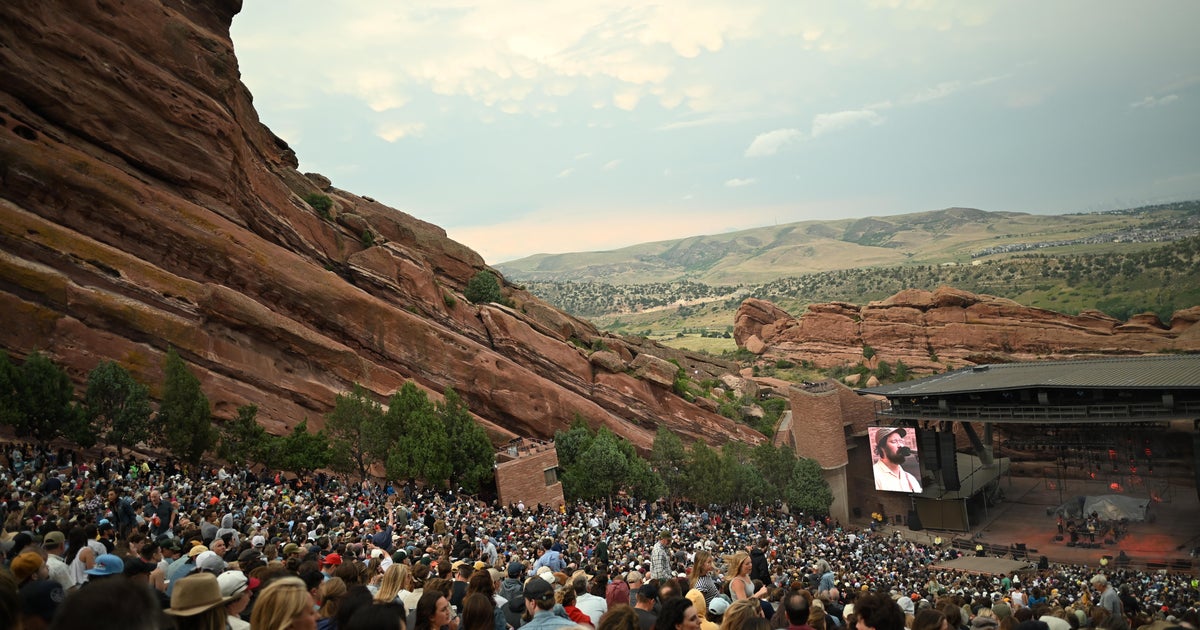An Earthquake Education
As history has proven, earthquakes are one of the most destructive natural disasters. Engineers and scientists study them to determine how, where and why they happen to reduce the damage they can cause.
More than 100 years ago on April 18, an earthquake struck California. It lasted almost 60 seconds long and is known as the Great 1906 San Francisco Earthquake. It spanned 296 miles from the city and ranks as the most significant of its time because experts were able to gather scientific knowledge that led to the study of earthquake cycles. An earthquake is movement or trembling of the ground that is caused by a sudden release of energy when rocks along a fault move. (A fault is a break in a body of rock.)
When they happen on the ocean floor, they are called tsunamis, like the one that hit Japan in March 2011. The drop and rise of the ocean floor sets off the low waves that increase in height as they get close to shore causing massive flooding and destruction.
Remembering these two natural disasters makes us aware of the important job scientists have when it comes to predicting earthquakes and the amount of energy they release.
Source: usgs.gov; Earth Science by Holt, Rinehart and Winston. A Harcourt Education Company.
Content provided by Oakland University.







